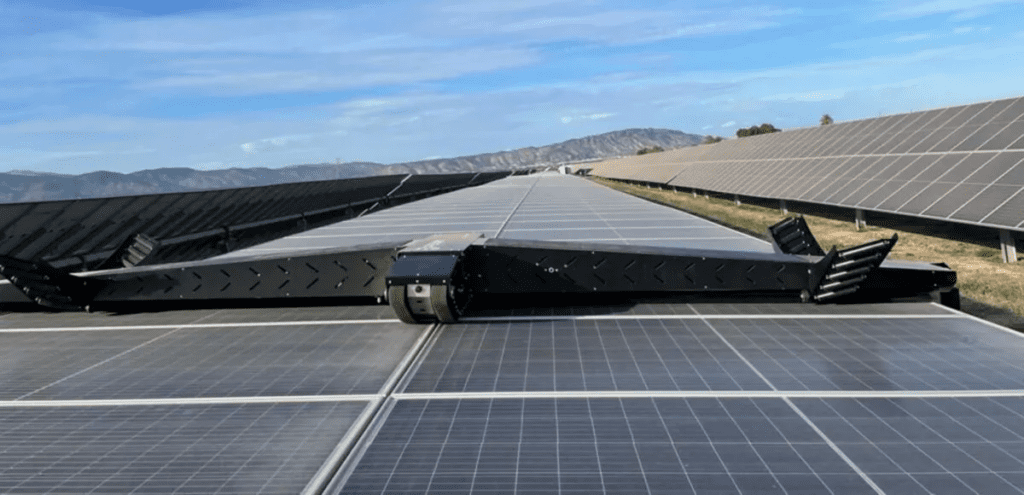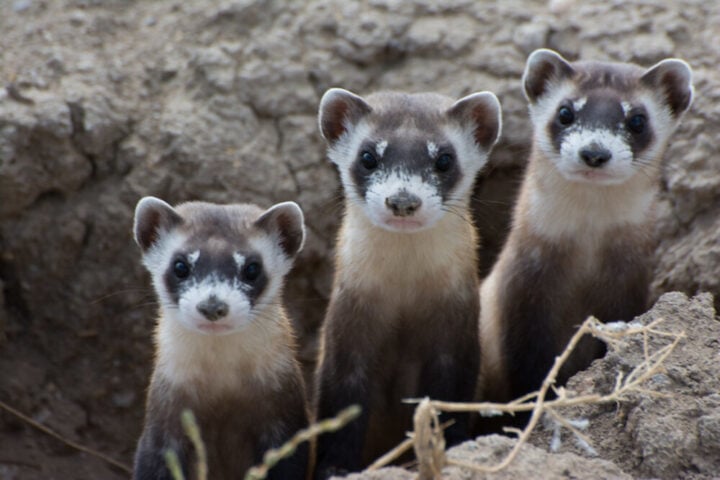As the world heralds the era of renewable energy, embracing cleaner alternatives such as solar photovoltaic power, there’s an emerging ecological puzzle to unravel. Research emerging from the University of Bristol reveals that while solar energy paves the way for a carbon-neutral future, it may be casting a shadow on certain wildlife habitats like bats
Harnessing the Sun, Forgetting the Bat?
Lizy Tinsley, lead researcher from the University of Bristol’s School of Biological Sciences, pointed out, “Renewable energies can have negative impacts on biodiversity and mitigation is essential to provide win-win solutions for energy suppliers and for wildlife.”
Methodical Rigour: A Controlled Study
Bats, the silent guardians of the night, became the subject of this rigorous investigation. The research team conducted a meticulous study across 19 sites, ensuring a controlled comparison. Solar farm fields and their counterpart – fields without solar installations – were matched in terms of size, land use, and boundary features. Bat detectors, strategically placed, captured the nocturnal activities of these creatures.
The findings? A startling reduction in bat activity at solar farms. Specifically, six species, including the Common Pipistrelle and Noctule, displayed significant declines.
“Very little is known about the impacts of solar farms on bats, especially in the UK,” noted co-author Professor Gareth Jones, emphasising the significance of these findings.
Unravelling the Solar-Bat Paradox
Several questions arise from this groundbreaking study. What is deterring these night fliers from solar farms? Is it the altered insect prey availability due to solar installations? Or does the shiny facade of solar panels disrupt their echolocation prowess?
Similar Posts
“Further research is required to assess bat behaviour at solar farms, and why it is causing the significant decrease of certain species at the site,” Lizy postulates. However, the tangible data of reduced bat activity remains a stark reality, demanding immediate attention.
Echoes from the Past: Wind Farms
Drawing parallels, Tinsley remarks, “This has already been done with wind farms – where mortality of bats has been reduced by changing the wind speeds at which turbines become operational and by using acoustic deterrents, at minimal cost.”
The narrative of wind farms stands as a testament to the need for balance. Renewable energy solutions, while beneficial in the fight against climate change, must consider the intricate web of biodiversity.
Charting a Sustainable Path Forward
A world powered by renewable energy is not just a dream; it’s a necessity. But this transition demands meticulous planning that encompasses the welfare of every inhabitant.
Several mitigation strategies emerge:
- Habitat Augmentation: “It will be important to identify mitigation strategies that can benefit bats at solar farms, such as planting insect-friendly plants,” suggests Tinsley.
- Enlightened Planning: Comprehensive Environmental Impact Assessments before setting up solar farms could preemptively address ecological concerns.
- Urban Solar Solutions: Shifting solar installations to urban terrains might reduce the encroachment on natural habitats, striking a balance.
Lizy optimistically concludes, “Mitigation strategies can potentially mean that renewable energy can be provided while simultaneously having no detriment to wildlife.”
A Balancing Act
The message from Bristol is clear – our pursuit of a sustainable future should not inadvertently harm the complex ecosystems we inhabit. As the demand for solar energy grows, expected to eclipse traditional energy sources by 2027, the ecological implications demand our attention.
Our challenge? To ensure that as we reach for the sun, we don’t overlook the creatures of the night. The quest for renewable energy, while imperative, should harmoniously coexist with the symphony of life on Earth.
















